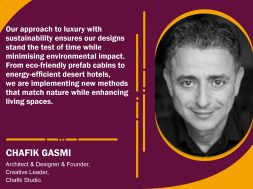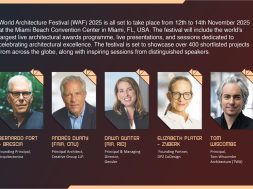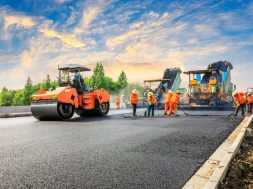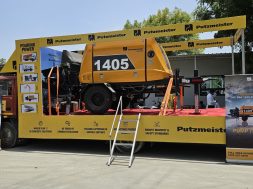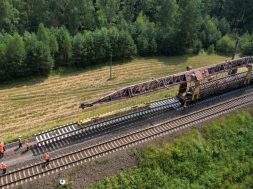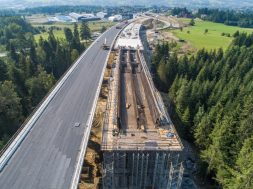We face the post “free energy reality” of the last century

This exclusive interaction with Chafik Gasmi explores their strategies for enhancing sustainability in their projects.
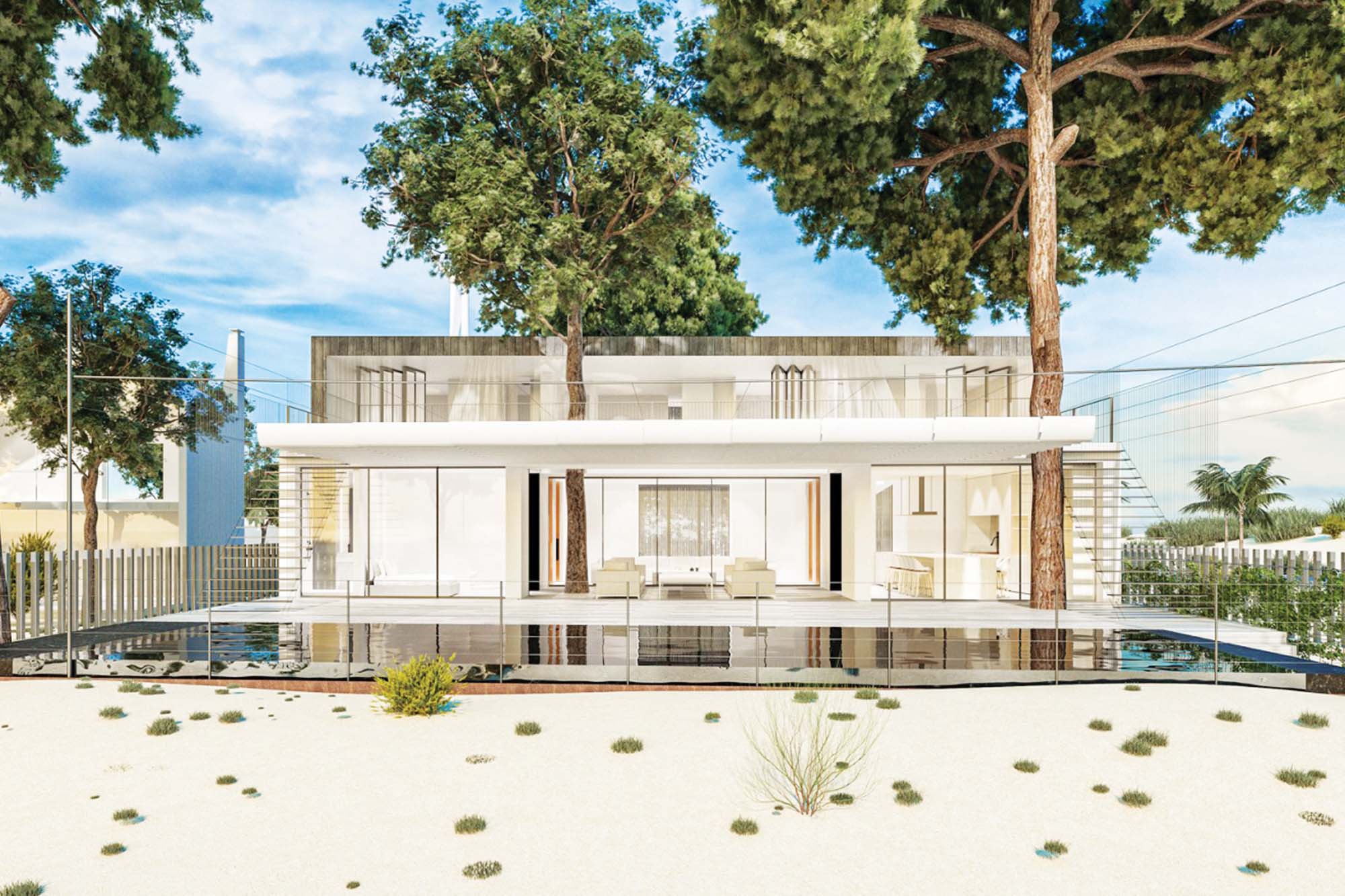
Could you discuss any innovative construction methods you use to enhance project sustainability?
We have various examples corresponding to different contexts; our methodology always adapts to the context, process, and usage. One of our notable projects involves eco-friendly prefabricated wooden cabins. This method reduces noise and dust on-site while shortening installation times. It improves construction quality and creates lightweight structures with a low carbon footprint, as wood continues to sequester carbon. All insulation is made from wood wool, interior walls are compressed wood, and panels are recycled wood. Structural elements are glued laminated timber, with exterior walls in solid wood resistant to weather and temperature variations. We also focus on orientations and openings to ensure natural ventilation and airflow, providing natural insulation and climate control. Moreover, we can easily integrate solar panels into the cabin design. In desert environments, we build structures with high thermal mass using local materials such as stone, storing heat for cool nights and coolness for hot days.
Additionally, we employ water-efficient planting of plants, bushes, shrubs, and tall specimens with minimal water use, which is captured and naturally filtered after use through biological plant filter systems, allowing for multiple reuse cycles. Currently, we are exploring a method where instead of prefabricating the entire house, we prefabricate interior wall furniture (closets, cabinets, buffets, etc.). These furniture pieces form a second interior skin and serve as the structure for the house’s exterior skin. The outer skin consists of the earth excavated on-site to create a cellar, crawl space, and water reservoir, stabilising the earth used to cover the walls.
What strategies do you implement to maximise energy efficiency in your building designs?
We implement specific strategies for each project, combining energy efficiency and renewable energy use to offset energy consumption. Our methods include natural processes such as ventilation and insulation integrating water and plants, a mix of materials for walls, and optimal building orientation. We utilise natural ventilation and air circuits enhanced by water and vegetation to provide coolness, shade, and air filtration.
What design elements do you incorporate to enhance natural lighting and ventilation?
Our Desert Hotel project is designed to harmonise with the desert climate by integrating skylights and open courtyards to maximise daylight and enhance ventilation. Each room features redesigned wind towers to facilitate natural air circulation, reducing reliance on air conditioning and improving overall energy efficiency. We maximise natural light capture while mitigating harsh sunlight, allowing us to use artificial lighting only when necessary at night. Additionally, we can incorporate solar panels without them being visible from the surrounding environment.
Can you discuss the challenges and benefits of designing energy-self-sufficient buildings?
Today, we face the post-“free energy” reality of the last century, where heating and air conditioning relied heavily on polluting fossil fuels. Now, we can create energy-efficient and carbon-capturing buildings capable of reducing consumption and potentially producing more energy than they consume.
Before achieving this, we need to lower energy demands for heating and cooling. This requires a holistic bioclimatic design approach complemented by renewable energy systems (solar, wind, rain). As energy becomes more valued and we understand that its production often harms the planet, we must respect natural resources because our planet’s resources are not limitless. This brings us back to learning from traditional knowledge rather than exploiting so-called “free energy” resources.
How do you ensure that your sustainable designs remain durable and require minimal maintenance?We combine sustainable design with high luxury. Our clients are luxury brands, and luxury, by its essence, is sustainable because it is never disposable. We focus on creating products and designs that are easily repairable and traceable. Each component is meticulously planned and tested before implementation, ensuring longevity and reliability. We know how to implement these designs because we don’t manufacture anything without trying it first.
For example, we designed a chandelier in a London hotel 13 years ago. Despite being lit 24/7, none of the lamps have been replaced because everything was anticipated. We overinvested in its electrical capacity to increase its durability. We significantly extended its lifespan by reducing the power utilisation rate, ensuring our designs remain functional and aesthetically pleasing for many years. According to our calculations, we will change the lamps in 60 years, and we have developed a system to replace them without dismantling the chandelier, using a tool-free and easy process.
For more details, visit:https://chafik.com/en
Cookie Consent
We use cookies to personalize your experience. By continuing to visit this website you agree to our Terms & Conditions, Privacy Policy and Cookie Policy.
